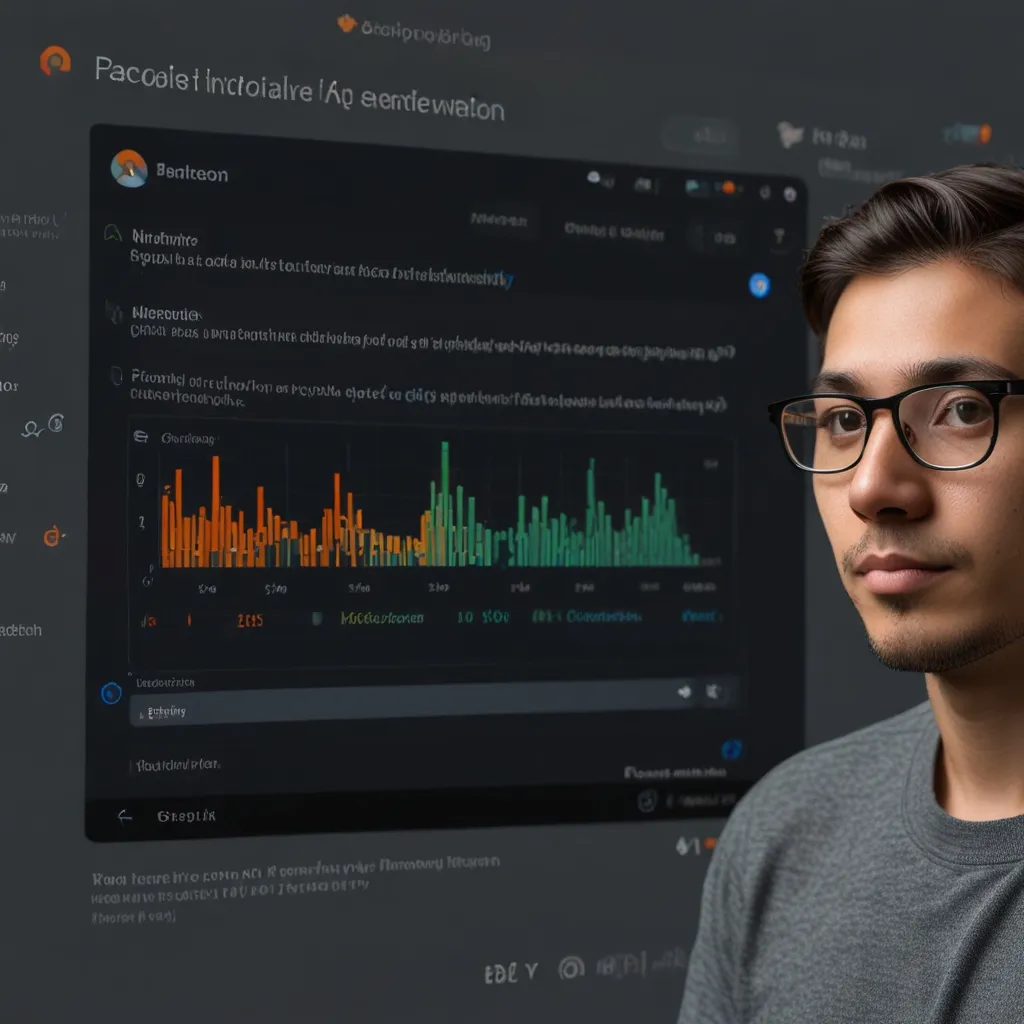Crafting dynamic web applications isn’t rocket science, but it sure feels close sometimes. The magic really happens when you can create content that’s both interactive and personalized. Enter Express.js and Mustache. Mix these two, and you’re in for a ride through the world of sleek and maintainable web apps.
First off, let’s get the groundwork out of the way. To get Mustache running with Express.js, a little setup is needed. It’s as simple as firing up your command line and running:
npm install express mustache-express
Once you’ve got these essential packages, it’s time to get your Express app configured. Here’s a skeleton to get you started:
const express = require('express');
const mustacheExpress = require('mustache-express');
const app = express();
// Set the directory where your templates are stored
app.set('views', './views');
// Set Mustache as the view engine
app.engine('mustache', mustacheExpress());
app.set('view engine', 'mustache');
// Serve static files from the 'public' directory
app.use(express.static('public'));
// Define a route to render a template
app.get('/', (req, res) => {
res.render('index', { title: 'Welcome to My Site', message: 'Hello, World!' });
});
// Start the server
const port = 3000;
app.listen(port, () => {
console.log(`Server started on port ${port}`);
});
This little snippet does wonders. Essentially, setting up your Express app involves telling it where to find your Mustache templates and setting Mustache as the view engine. It also involves routing traffic, in this case to the home page, and rendering your first super-basic template with titles and messages.
Let’s talk templates. A Mustache template can be as simple as an HTML file with placeholders for dynamic data. Here’s a basic example of what index.mustache might look like:
<!DOCTYPE html>
<html lang="en">
<head>
<meta charset="UTF-8">
<meta name="viewport" content="width=device-width, initial-scale=1.0">
<title>{{title}}</title>
</head>
<body>
<h1>{{message}}</h1>
</body>
</html>
The {{title}} and {{message}} are placeholders, ready to be swapped out with real data the moment the template is rendered.
But that’s just the tip of the iceberg. Mustache shines when dealing with dynamic content. Imagine you have an array of items that you want to display. Your template for this might look something like this:
<ul>
{{#items}}
<li>{{name}} - {{price}}</li>
{{/items}}
</ul>
On the Express side, to render this could be as straightforward as:
app.get('/items', (req, res) => {
const items = [
{ name: 'Item 1', price: 10.99 },
{ name: 'Item 2', price: 5.99 },
{ name: 'Item 3', price: 7.99 }
];
res.render('items', { items });
});
This results in a dynamically created list, pulled straight from JavaScript objects and seamlessly integrated into your HTML.
Now, here’s where Mustache takes another leap. If you find yourself repeating the same chunks of code across different templates, partial templates come to the rescue. You can break down your templates into smaller, reusable pieces. For example, your item.mustache partial might look like this:
<li>{{name}} - {{price}}</li>
You then include this partial in a larger template like so:
<ul>
{{#items}}
{{> item}}
{{/items}}
</ul>
This way, your item.mustache can be reused, keeping your codebase lean and mean.
Despite its simplicity, Mustache isn’t limited to basic text replacement. It supports advanced features like dynamic partials, allowing for condition-based inclusion of template pieces. While these features often remain in the spec’s shadow, they can be lifesavers in complex projects.
Security is always a concern, even when things seem straightforward. To avoid common pitfalls like cross-site scripting (XSS), ensure that user input is sanitized and never directly inserted into templates without validation.
When used correctly, Mustache and Express offer a well-balanced toolkit for constructing dynamic web apps. The logic-less syntax of Mustache keeps things simple and readable, making it easy to maintain. Meanwhile, its capability to handle partials and collections brings flexibility, ensuring your web app can grow in complexity without becoming a tangled mess.
Here’s a quick peek at how organizing the project might look:
project/
├── app.js
├── views/
│ ├── index.mustache
│ ├── items.mustache
│ └── item.mustache
├── public/
│ ├── images/
│ ├── css/
│ └── js/
└── package.json
In this structure, app.js is your go-to for the main application logic. The views directory houses all the Mustache templates, and public contains static files like images, CSS, and JavaScript.
By sticking to this kind of organized structure and leveraging Mustache’s straightforward yet powerful templating, building robust web apps becomes almost second nature. Whether you’re adding dynamic content, reusing snippets across pages, or integrating advanced features, Mustache with Express ensures your development process is smooth and efficient.






